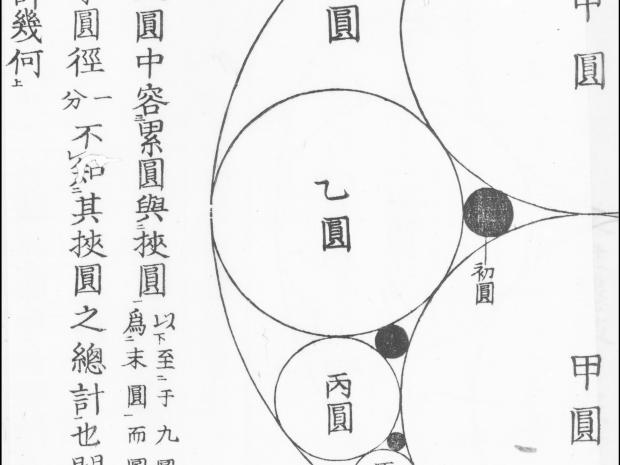
Dr. Tony Rothman
Department of Applied Physics
NYU Tandon School of Engineering
For nearly 300 years, from the seventeenth through much of the nineteenth century, Japan was virtually isolated from the West and received little information about developments of Western mathematics. In particular, Japanese mathematicians were completely unaware of the invention of calculus by Newton and Leibniz. During that period of sakoku, "closed country," Japanese geometry diverged from its Western counterpart and took on a distinctive style, which differs markedly from the Greek-inspired traditions with which American students are familiar. Citizens from all walks of life--including merchants, farmers, women and children--took to inscribing wooden tablets with geometry problems and hanging them in Shinto shrines and Buddhist temples. The tablets, called sangaku, served as advertisements as well as religious offerings and may be regarded as works of art. The problems they contain range from the trivial to the nearly impossible; a few predate well-known Western theorems and a handful have remained unsolved until recently.
Tony Rothman, Applied Physics, discusses this fascinating and beautiful tradition with illustrations drawn from his 2008 book with Hidetoshi Fukagawa, Sacred Mathematics: Japanese Temple Geometry (Princeton University Press). The book won the 2008 Association of American Publishers PROSE award for Professional and Scholarly Excellence in mathematics.
Light refreshments will be served.

